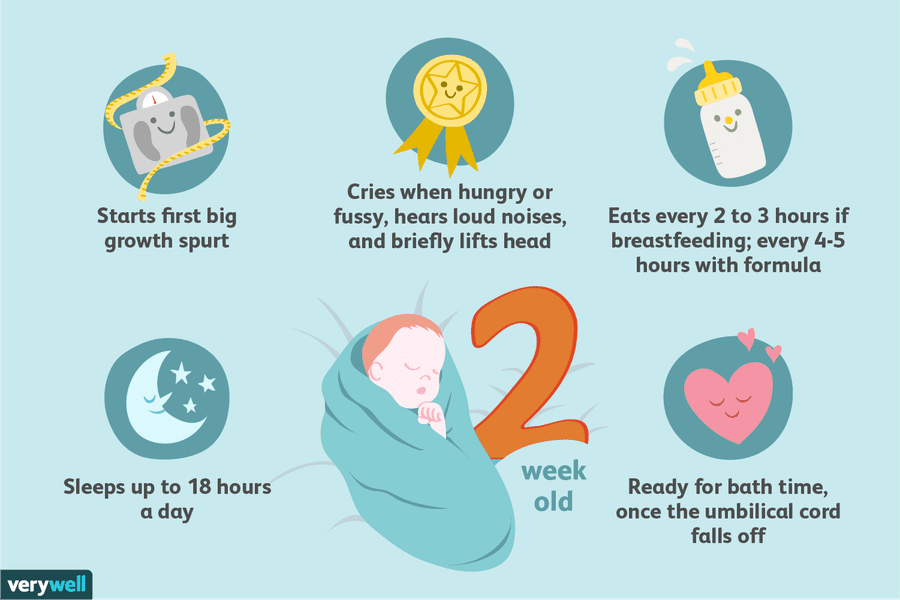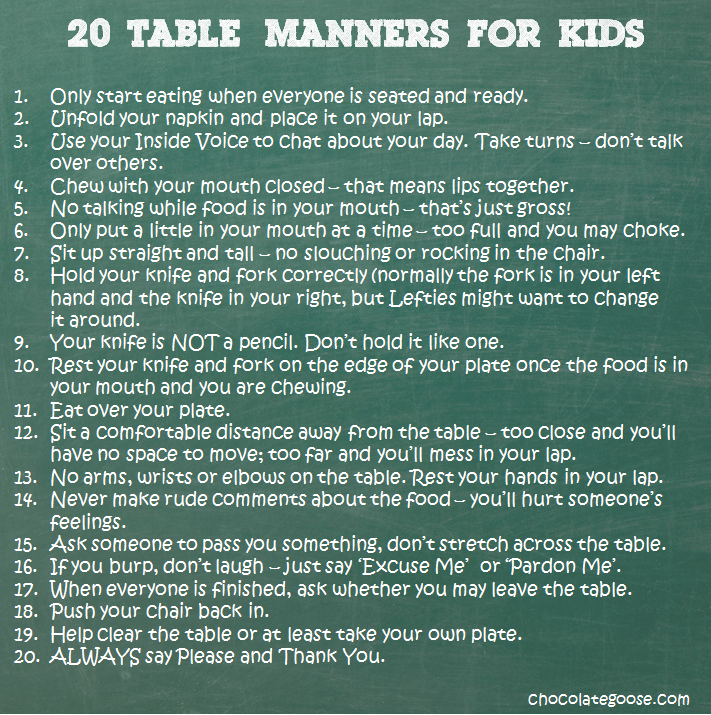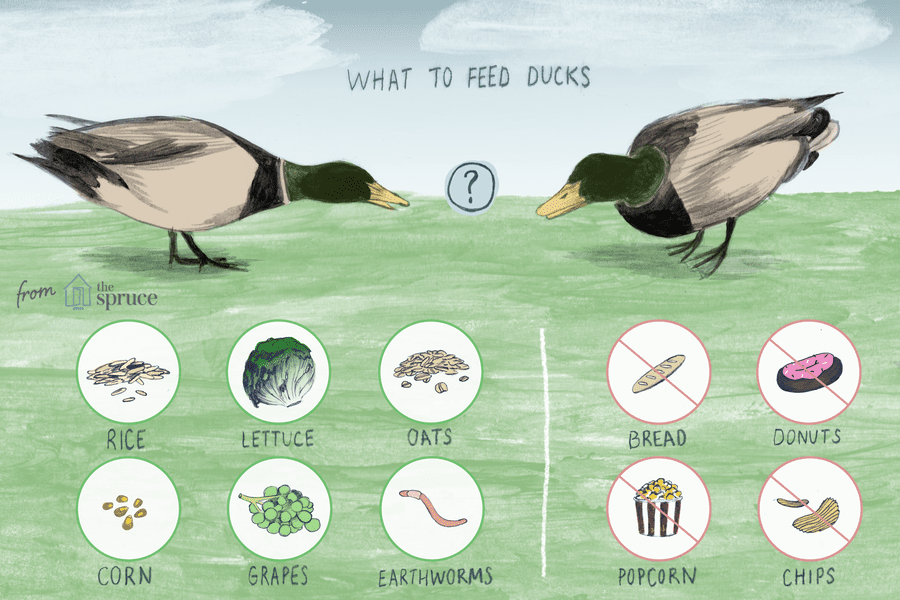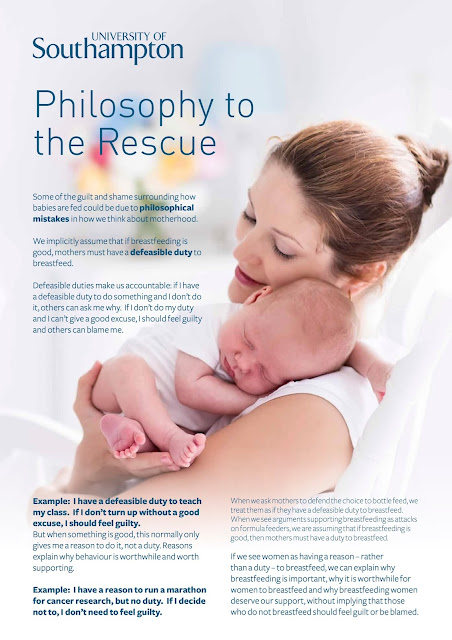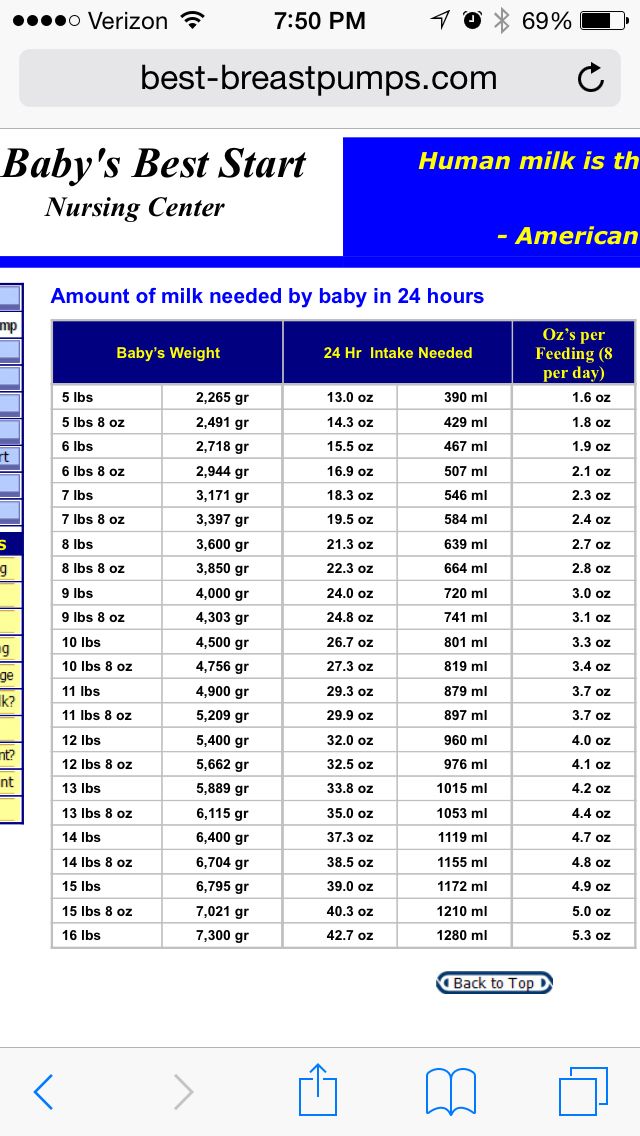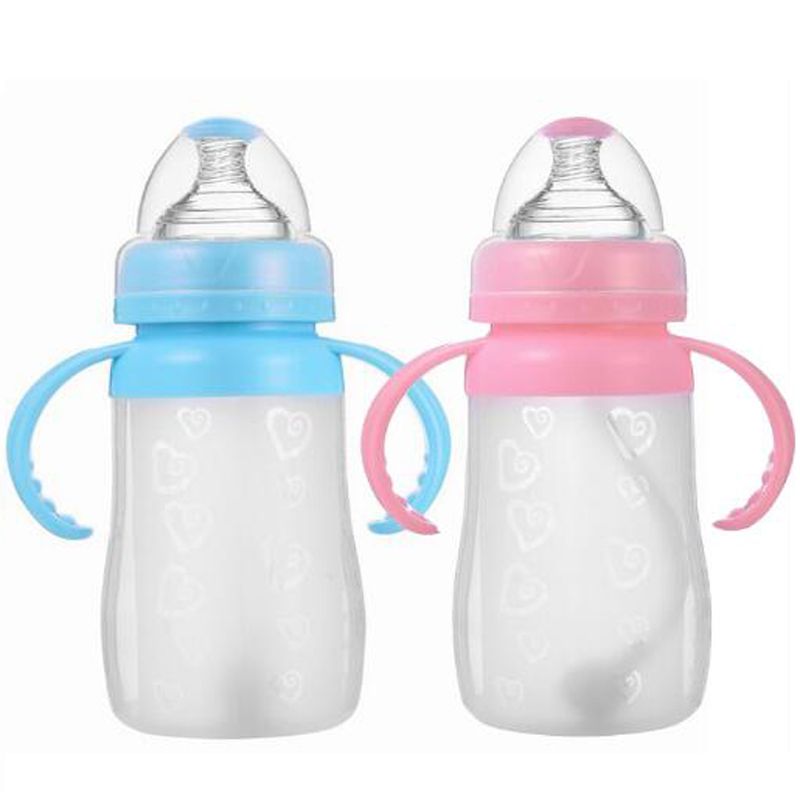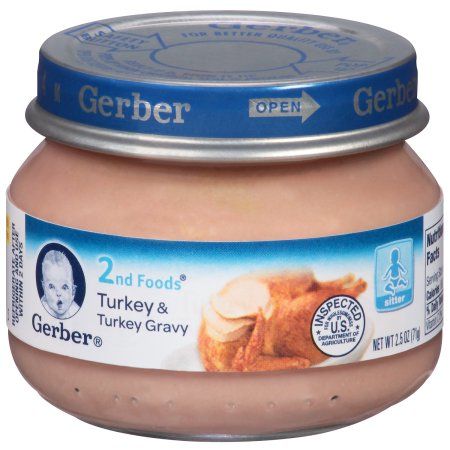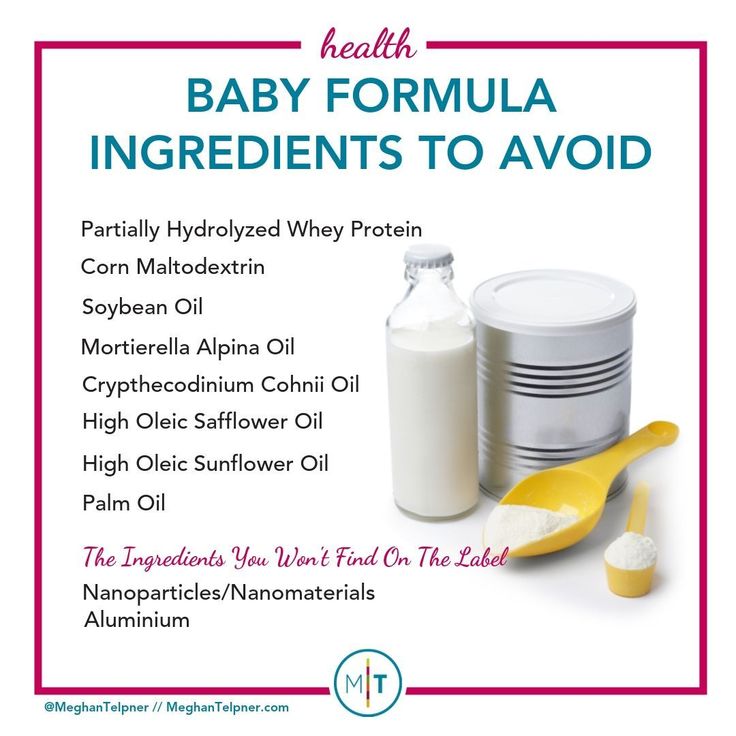Chipmunk baby food
What To Feed A Baby Chipmunk: A Complete Care Guide
Feeding a baby chipmunk, especially a newborn, is a delicate, time consuming and complicated job. In fact, caring for a newborn requires much more than simply feeding it and actually requires you to act like a Mother chipmunk. You are going to need to keep the animal warm and calm, help it poop and monitor its stool to make sure that you are not overfeeding.
This article will show you everything you need to know to take care of a baby chipmunk.
Three Critical Issues With Newborn Chipmunks
If you just found an orphaned chipmunk, which typically happens in the late spring, then the three most critical items you need to address first are warmth, dehydration and stress. Any of these issues can easily cause a newborn to die. Here is what you need to know about each issue.
Keep The Baby Chipmunk Warm
A newborn chipmunk, especially one whose eyes are still closed, is unable to generate enough body heat to keep itself warm and will die of hypothermia if left unattended. The natural body temperature of a chipmunk is about 95-100F and you will need to recreate conditions that will mimic the newborn sleeping in a burrow with the other babies and its mother.
The ideal situation is to create a warm den with a small cardboard box, towels and a heating pad. Depending upon how thick the towels and box is you will want to either place the heating pad underneath the cardboard box or underneath a towel inside the box.
The heating pad should be placed on its lowest setting and should never be in direct contact with the animal.
You can use a hot water bottle instead of a heating pad as long as you are absolutely sure the bottle does not leak. The hot water bottle will need to be refilled/reheated on a frequent basis.
Monitor the temperature inside the box and keep it as close to 95F as possible.
Keep The Baby Chipmunk Hydrated
A newly orphaned chipmunk will almost always be suffering from dehydration and should be offered fluids as soon as possible.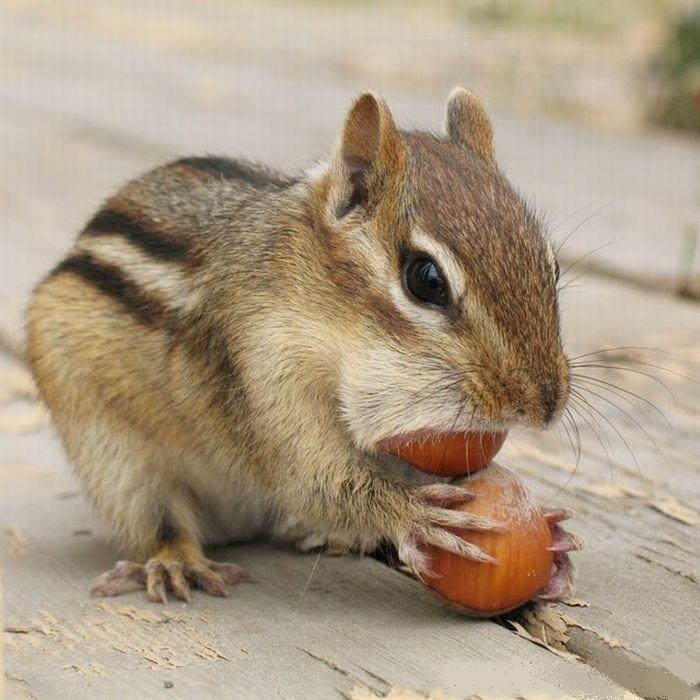
Pedialyte is an excellent rehydration product that is readily available at most stores. You will need to warm the Pedialyte to 95F as a baby will not recognize or accept fluids that are too cold.
Offer the Pedialyte from a dropper or small, 1 cc syringe by placing a drop directly in front of the animal’s mouth. Never forcibly inject liquid into the animal’s mouth as the liquids can easily enter the lungs and cause pneumonia.
The baby will need frequent applications of very small amounts of liquids. A furless newborn whose eyes are still closed will need to consume about 0.1 mL of Pedialyte every two hours. More developed chipmunks should be offered 0.2-0.5 mL.
Keep the Newborn Chipmunk Calm
It can be exciting to find a baby chipmunk but please do everything you can to keep things calm and quiet. Chipmunks are prey animals that are easily frightened and that is a level of stress that your rescue does not need.
You need to think and act like a mother chipmunk who defends her newborns in an underground burrow. What does that look like? You need to keep the animal in a location that is warm, dark and quiet and do everything in your power to keep kids and pets away.
What does that look like? You need to keep the animal in a location that is warm, dark and quiet and do everything in your power to keep kids and pets away.
Your 7 year old nephew does not need to see the animal. All your nephew is going to do is let out heat by opening up the box and scare the heck out of the animal by being loud and trying to touch it. Same goes for Mister Fluffy the cat and Roscoe, the Golden Retriever who would never harm a fly.
Stressed newborns will not eat and anytime you scare them you are harming their recovery and development.
Feeding Baby Chipmunks
There is a very specific, yet readily available, food for baby chipmunks but it needs to be offered in a controlled manner. You will need to feed small amounts many times a day.
The act of feeding is followed by helping the animal urinate and defecate which will help you understand if you are over-feeding the animal.
What to Feed Baby Chipmunks
The best thing to feed a baby chipmunk is puppy milk replacer (basically, formula for puppies).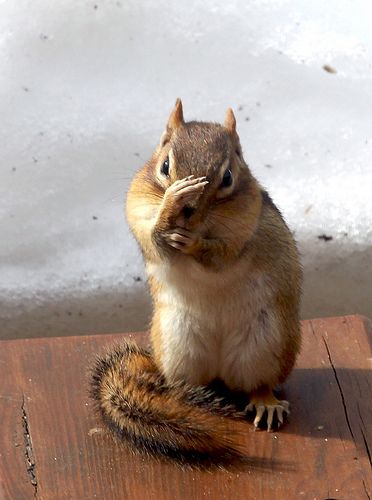 A common brand that is relatively easy to find at a vet’s office or a pet store is Esbilac. It has been reported that cow’s milk is completely inappropriate for chipmunks and may be fatal (source).
A common brand that is relatively easy to find at a vet’s office or a pet store is Esbilac. It has been reported that cow’s milk is completely inappropriate for chipmunks and may be fatal (source).
The puppy milk replacer will be a new food to the chipmunk and it is a good idea to introduce it gradually as the animal learns to tolerate and digest the new food source. To gradually introduce the food you will need to mix it with the Pedialyte you used to hydrate the animal.
Use the Following Mixtures to Introduce Esbilac
- First Two Feedings: 3/4 Pedialyte, 1/4 Esbilac
- Third Feeding: 1/2 Pedialyte, 1/2 Esbilac
- Fourth Feeding: 1/4 Pedialyte, 3/4 Esbilac
- Fifth Feeding: Esbilac only
The food must be warm (95F) and be offered dropwise. NEVER squirt food into the chipmunks mouth as there is a large chance the liquids will enter the chipmunks lungs.
How to Feed a Baby Chipmunk
When you feed the chipmunk it should be laying on its stomach with its head tilted up just like it was nursing from its mother. You can use a dropper or small syringe to offer drops of food. There is mini nipple syringe on Amazon (Miracle Nipple Mini), designed for baby kittens and squirrels, that gets rave reviews and should also be good for chipmunks.
You can use a dropper or small syringe to offer drops of food. There is mini nipple syringe on Amazon (Miracle Nipple Mini), designed for baby kittens and squirrels, that gets rave reviews and should also be good for chipmunks.
Amount of Formula to Feed a Baby Chipmunk
How much food you should offer the animal depends upon its size. Ideally you will weigh the animal on a kitchen food scale (in grams) and then follow the 5% rule.
The 5% rule says that for most small mammals the maximum comfortable stomach stretch is 5% of the animals body weight (Humane Society Veterinary Care Association Wildlife Care Handbook, page 12).
This means that if the animal weighs 10 grams then the most you should feed it is (10g)x(0.05)= 0.5 g. Since most water based liquids have a density of 1g/mL this means 0.5g is roughly equal to 0.5 mL.
- Furless babies with their eyes closed will need to be fed 6 to 8 times per day. These newborns typically weigh around 3-5 grams so should be offered around 0.
 2 mL per feeding.
2 mL per feeding. - Babies that have fur but still have closed eyes will need to be fed 5 to 6 times per day. Increase feeding amount per 5% weight guideline.
- Babies that have their eyes open will need to be fed 4-5 times per day. Increase feeding amount per 5% weight guideline.
- Babies with open eyes and that are active can have their food supplemented with rodent chow, dark green leafy vegetables and shell on tree nuts (acorns, pecans).
If the animal still appear hungry after feeding then feel its stomach before offering any more food. The stomach should still be soft and spongy. Do not offer any more food to an animal if the stomach is hard.
Always be careful when feeding, especially when the animal is 6-9 weeks old as chipmunks will bite.
Toileting
The infant animal needs to be manually stimulated into peeing and pooping and this has to be done after each feeding.
The mother chipmunk performs this task by vigorously licking the anal/genital area of the newborn. You can mimic the licking activity by dampening one end of a Q-Tip with warm water and lightly rubbing it on the anal/genital area of the animal.
You can mimic the licking activity by dampening one end of a Q-Tip with warm water and lightly rubbing it on the anal/genital area of the animal.
When the animal defecates is the perfect time to see if you are over-feeding the chipmunk, one of the most common problems faced by people new to caring for babies. A chipmunk that is receiving too much food will have diarrhea and should have its feeding amounts reduced.
Progressive Care for Baby Chipmunks
The bedding for the animal should be changed at least daily. Using towels for bedding makes change out easy.
Once the chipmunks eyes are open and it becomes more active (about 4 weeks old) you will need to change its habitat from a cardboard box to a wire mesh cage or pet carrier as the chipmunk will easily chew through the cardboard box. The animal should be able to stay warm on its own at this point and the heating pad is no longer needed.
Once the chipmunk has a very thick coat and is highly active (about 8 weeks old) you can transition its food fully to rodent chow, nuts, fruits and veggies (pears, carrots, grapes, apples, bananas, and avocado).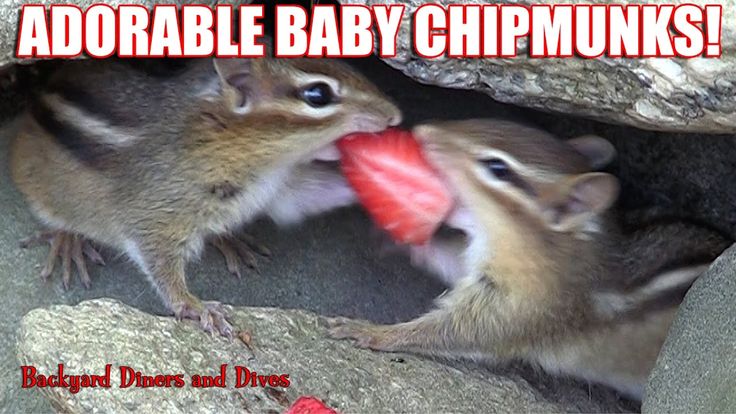
Chipmunks primarily eat vegetative food sources including grains (oats), nuts, seeds (including sunflower seeds), and fungi.
You will also want to provide a larger cage along with some twigs and pine cones. Chipmunks are a member of the squirrel family which means they are rodents and must gnaw to start grinding down its front incisors.
After 9 weeks the chipmunk is fully developed and this is the time at which it would naturally leave its burrow. This is the time when you need to decide if you are going to keep the chipmunk as a pet or release it into its natural living conditions. Before you decide to keep the animal as a pet be prepared for the long haul as domesticated rodents cannot survive in the wild and can live in captivity for several years.
For more information, check out these great articles:
Pet Chipmunks: A Few Things You Ought To Know!
How Long Do Chipmunks Live? Lifespan In the Wild vs Captivity
How to Get a Wild Baby Chipmunk to Eat
By Don Kress | Updated September 26, 2017Things You'll Need
Medicine dropper
Puppy milk formula
Water
Bird seed
2 small bowls
The rescue of a wild baby chipmunk is not a task that should be undertaken lightly. Like any wild animal, even if the baby chipmunk will eventually take food, that does not mean that it is fully tame. Because they are unpredictable, and for the welfare of the animal, the ASPCA does not support the keeping of wild animals as pets. Getting the chipmunk to feed prior to its being delivered to a wildlife rehabilitation specialist requires special care.
Like any wild animal, even if the baby chipmunk will eventually take food, that does not mean that it is fully tame. Because they are unpredictable, and for the welfare of the animal, the ASPCA does not support the keeping of wild animals as pets. Getting the chipmunk to feed prior to its being delivered to a wildlife rehabilitation specialist requires special care.
Mix the puppy formula with water according to the package directions. The baby chipmunk will not take more than a few drops, if any at all, so don't mix too much at once. Baby chipmunks that have already developed hair and opened their eyes have already been weaned. In this case, the first two steps can be skipped.
Draw a small amount of the formula into the medicine dropper and gently nuzzle the baby's snout with the end. This must be done every two to three hours throughout the day for the first week to two weeks of the baby chipmunk's life.
Place a bowl of fresh water and a bowl of bird seed in the cage containing the baby chipmunk, but do not try to force it to eat.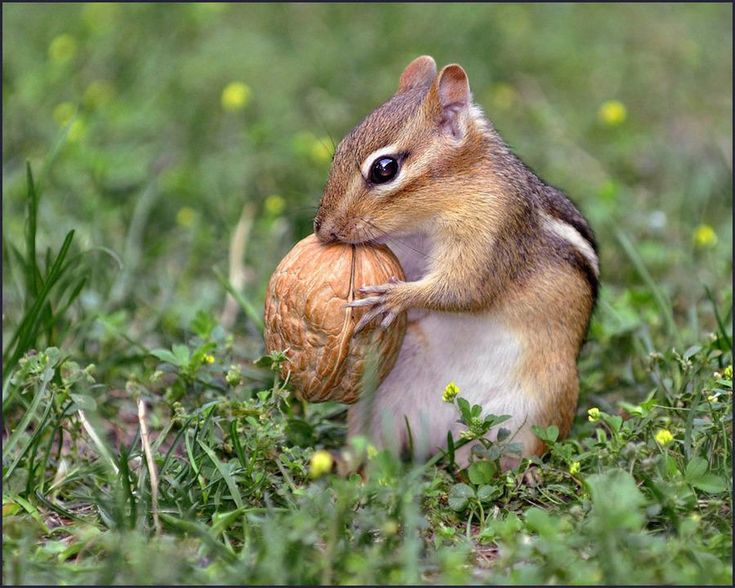 This could cause stress to the animal. Instead, nurture the wild side of the chipmunk by leaving it alone when it eats.
This could cause stress to the animal. Instead, nurture the wild side of the chipmunk by leaving it alone when it eats.
Transport the chipmunk to a wild animal rescue or your local veterinarian as soon as possible. While puppy formula is a safe bandage to get the chipmunk by, it is not composed of the proper nutrients necessary for a chipmunk's survival.
Avoid handling or removing baby chipmunks when it is clear that the mother chipmunk is nearby. This significantly reduces the chance of the baby chipmunk surviving. Additionally, handled animals can pick up your scent on their skin. This will cause the mother chipmunk, in almost all cases, to abandon her young because instead of detecting her own scent on them, she smells your scent.
Warnings
Chipmunks have been known to carry rabies. Use care to avoid infection when around wild animals and transport the chipmunk to a wild animal rescue center as soon as possible.
References
- "Help Them, Heal Them, Set Them Free: Rescue and Care of Injured Wild Animals"; Melita Zahnke Meyer; 1985
- "Care of the Wild Feathered & Furred: Treating and Feeding Injured Birds and Animals"; Mae Hickman; 1998
- "Rescuing Wildlife: A Guide to Helping Injured and Orphaned Animals"; Peggy Sue Hentz; 2009
Photo Credits
Writer Bio
Don Kress began writing professionally in 2006, specializing in automotive technology for various websites.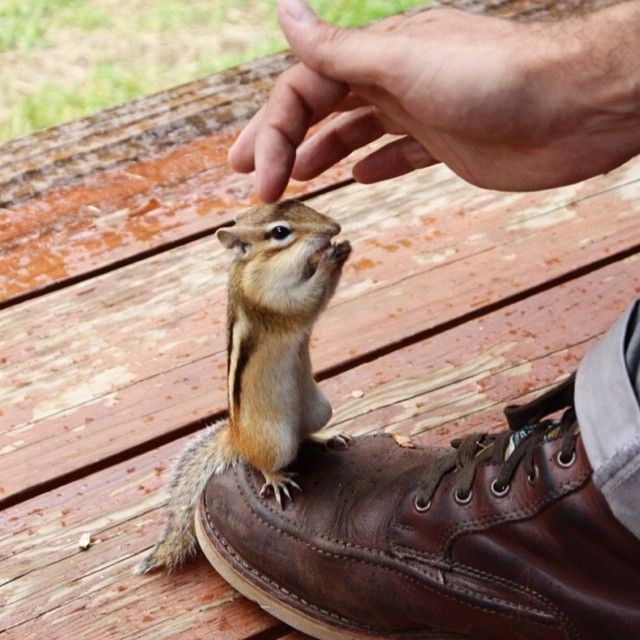 An Automotive Service Excellence (ASE) certified technician since 2003, he has worked as a painter and currently owns his own automotive service business in Georgia. Kress attended the University of Akron, Ohio, earning an associate degree in business management in 2000.
An Automotive Service Excellence (ASE) certified technician since 2003, he has worked as a painter and currently owns his own automotive service business in Georgia. Kress attended the University of Akron, Ohio, earning an associate degree in business management in 2000.
MINILAND Children's thermos for food and liquids Natur Thermos Chip, chipmunk, 450 ml
Our advantages
Delivery on the day of order
Delivery works 7 days a week across the Crimea from 10:00-20:00
Wide range
children under 5 years old.
Quality Assurance
All items in my Lvenok stores carry a manufacturer's warranty. nine0004
Promotions and discounts
Be the first to know about promotions, discounts and special offers from moy Lvenok store.
Convenient self-delivery
You can pick up the order yourself in one of the stores in Simferopol.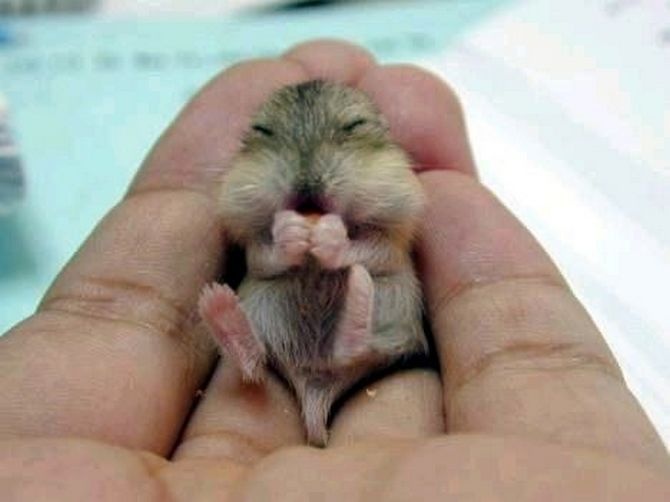
Own warehouse
All goods are placed in moy Lvenok's warehouse equipped for storing children's goods.
Payment methods
You can pay for the purchase in any way: cash to the courier, bank card to the courier, card according to the details. nine0004
- 2090 rub
Not available
1881 r
VIP discount card price in retail stores
Thermos for food and liquids Miniland Natur Thermos Bunny
Miniland's Natur Thermos thermos with a soft rubberized surface is suitable for maintaining the required temperature of all types of liquids. Due to its outer coating, it holds well in the hand, and the silicone base makes it stable on any surface. The materials used in the design allow you to reuse the thermos, increase its durability. Features: maintains the temperature of liquids for more than 12 hours; triple insulating layer - double steel wall with aluminum layer and their vacuum chamber; anti-drip system; ideal for baby food; thanks to the wide neck, easy to use and care; soft surface, pleasant to the touch; compact dimensions allow you to take a thermos with you for a walk, a trip, a trip; natural design. nine0004
Features: maintains the temperature of liquids for more than 12 hours; triple insulating layer - double steel wall with aluminum layer and their vacuum chamber; anti-drip system; ideal for baby food; thanks to the wide neck, easy to use and care; soft surface, pleasant to the touch; compact dimensions allow you to take a thermos with you for a walk, a trip, a trip; natural design. nine0004
Reviews
MINILAND Children's thermos for food and liquids Natur Thermos Chip, chipmunk, 450 ml
Previous Next
Our advantages
Delivery on the day of order
Delivery works 7 days a week across the Crimea from 10:00-20:00
Wide range
and children under 5 years of age. nine0004
Quality Assurance
All items in moy Lvenok stores come with a manufacturer's warranty.
Promotions and discounts
Be the first to know about promotions, discounts and special offers from moy Lvenok store.
Convenient self-delivery
You can pick up the order yourself in one of the stores in Simferopol.
Own warehouse
All goods are placed in moy Lvenok's warehouse equipped for storing children's goods. nine0004
Payment methods
You can pay for the purchase in any way: cash to the courier, bank card to the courier, card according to the details.
Products of this brand
Buy with this product
Do not forget to also buy
Miniland Natur Thermos Chip, Chipmunk, 600 ml
Our advantages
Delivery on the day of order
Delivery works 7 days a week in Crimea from 10:00-20:00
Wide range
We offer the most complete range of products for expectant mothers, newborns and children up to 5 years of age.
Quality Assurance
All items in my Lvenok stores carry a manufacturer's warranty.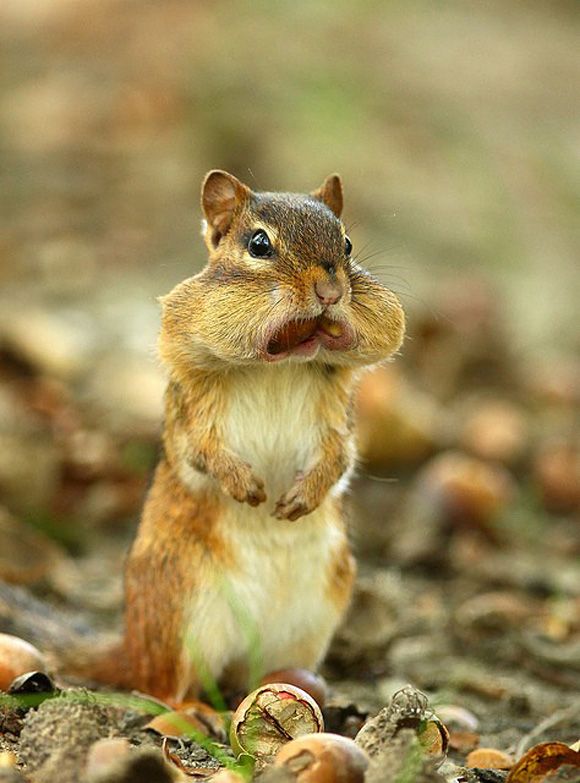
Promotions and discounts
Be the first to know about promotions, discounts and special offers from moy Lvenok store.
Convenient self-delivery
You can pick up the order yourself in one of the stores in Simferopol. nine0004
Own warehouse
All goods are placed in moy Lvenok's warehouse equipped for storing children's goods.
Payment methods
You can pay for the purchase in any way: cash to the courier, bank card to the courier, card according to the details.
- nine0050
- 3450 R
- Baby thermos has a soft rubberized surface that is pleasant to the touch
- Ecodesign
- Easy to clean
- Thermos frame and lid made of stainless steel, resistant to drops and shocks
- Thermos maintains temperature for a long period of time (up to 12 hours)
- Wide spout with non-spill system
- Capacity for 600 ml
Not available
3105 r
VIP discount card price in retail stores
Miniland's Natur thermos with a soft rubberized surface is suitable for maintaining the required temperature of all types of liquid and solid food. Due to its outer coating, it is well held in the hand, and the silicone base makes it stable on any surface. The materials used in the design allow you to reuse the thermos, increase its durability. nine0004
Due to its outer coating, it is well held in the hand, and the silicone base makes it stable on any surface. The materials used in the design allow you to reuse the thermos, increase its durability. nine0004
The collection was created for parents who choose only safe and functional products for their babies that can be used with minimal harm to the environment. With a design inspired by nature itself, Natur thermoses are ideal for natural storage of baby food and drinks.
Distinctive features of Natur Thermos:
Reviews
Miniland Children's food thermos Natur Thermos Chip, chipmunk, 600 ml
nine0003 Previous Next
Our advantages
Delivery on the day of order
Delivery works 7 days a week across the Crimea from 10:00-20:00
Wide range
and children under 5 years of age.

